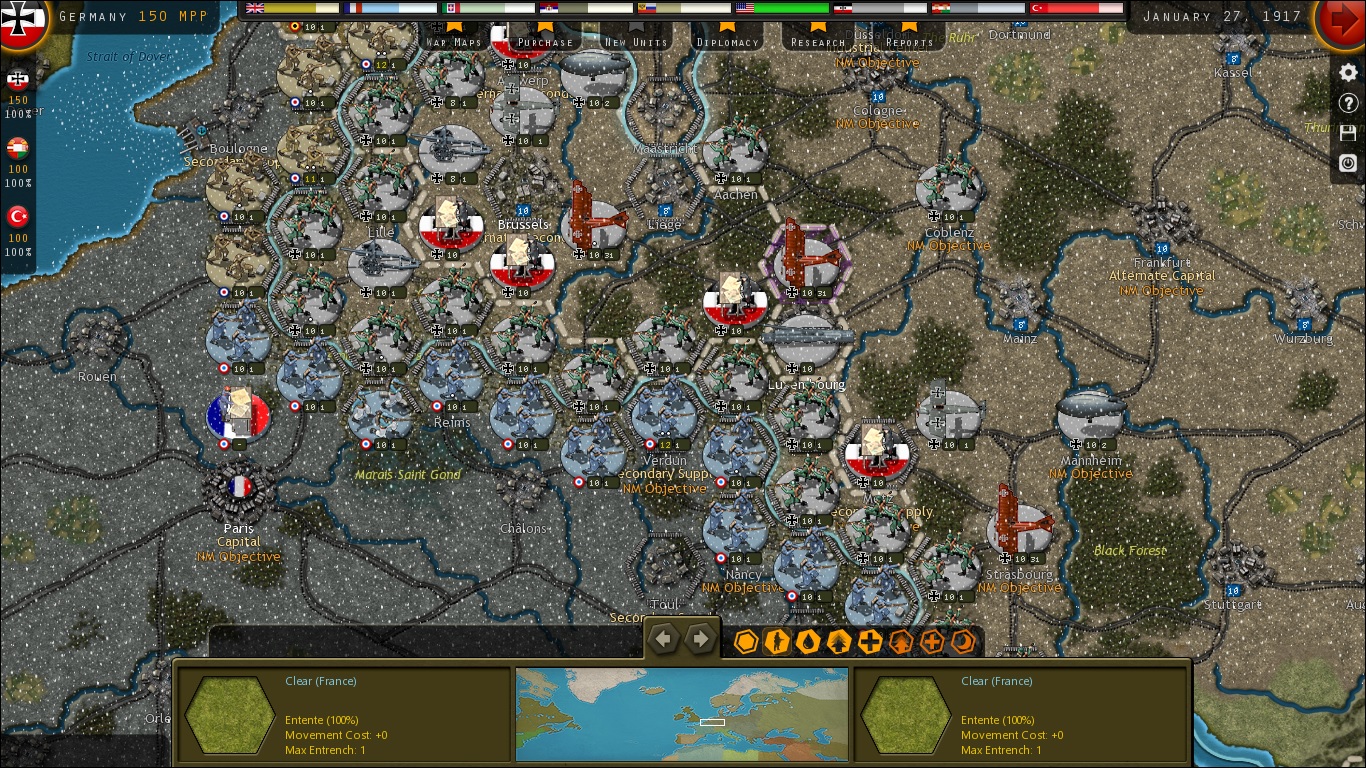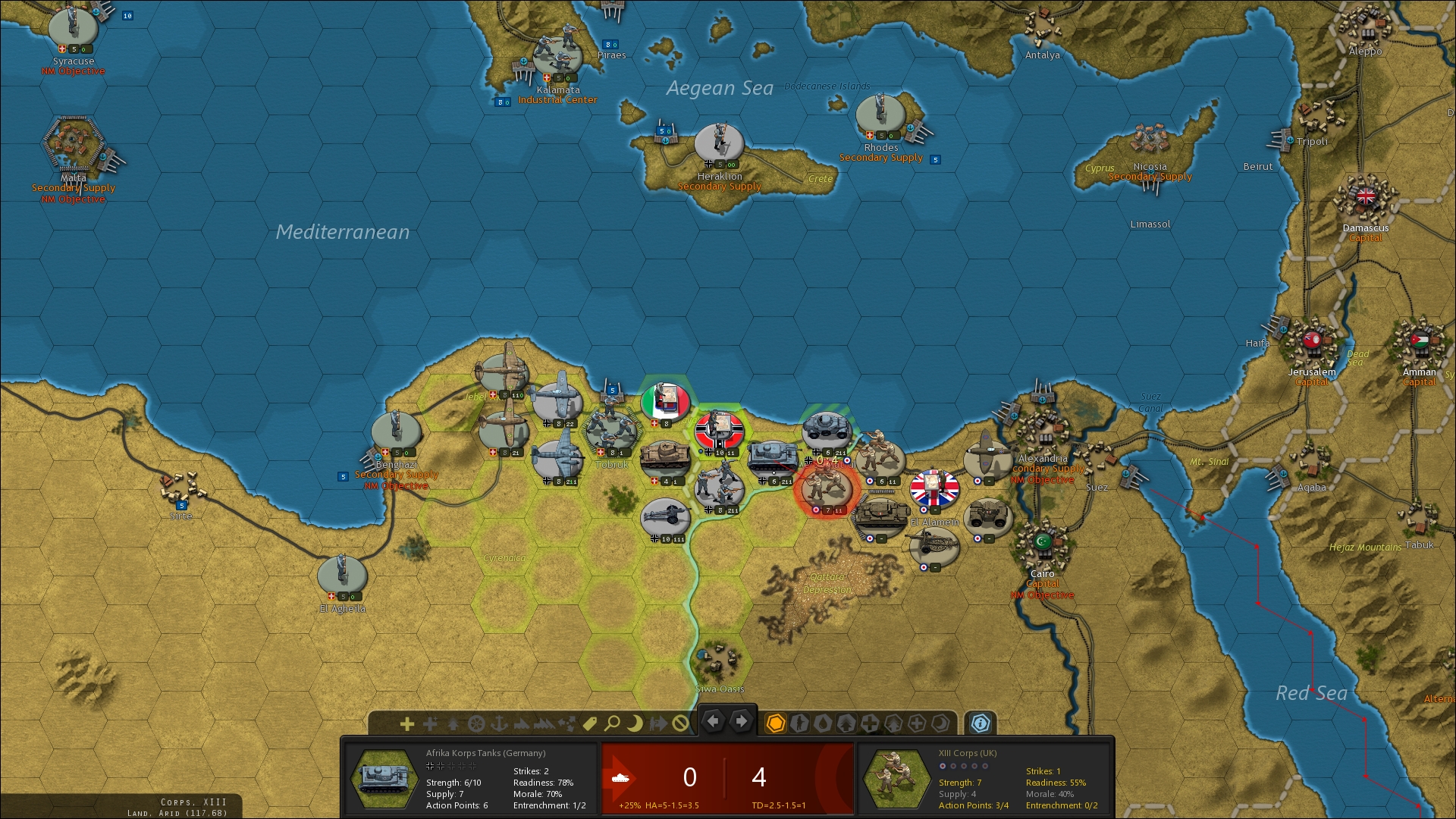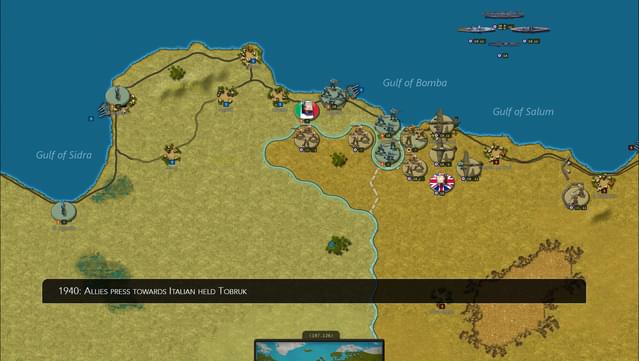

As operations became more complex, units were divided, and command became decentralized to accommodate such tactics as double envelopments and flanking attacks. This observation was essential in an era where military forces were transitioning from large, singular formations with a solitary purpose to separate formations with different purposes that could maneuver independently and be brought to bear where most needed on the battlefield.
#Strategic command ww2 strategy guide full
In 1832, Carl von Clausewitz published his seminal work, On War, a collection of ideas heavily influenced by his experience in the Napoleonic campaigns, notably the idea that war is full of chaos and friction that will undercut previous plans and preparations. Learning from this, the Prussians reformed their army by abolishing the set-piece conduct of battle and replacing it with the notion of “directive command.” Directive command allowed the commander to issue only general orders outlining his intent, leaving his subordinates to formulate the how.
#Strategic command ww2 strategy guide free
The Prussians, still licking their wounds from twin defeats at Jena and Auerstedt in 1806 by Napoleon’s Grand Armée, observed that the French achieved high operations tempo through the rapid communication of Napoleon’s intent and supporting rationale to junior officers who were free to use their initiative to act in the absence of detailed orders. Mission command traces its roots to the Napoleonic Era. In addition, the author will present recommendations on cultural, educational, and system reforms needed to inculcate mission command into the force and eliminate counterproductive practices. The culture comparison and cited examples will help underscore the need for rapid adoption of this command philosophy today to better adapt to a world full of conventional and asymmetrical threats, and complex problems.

Army did not practice mission command holistically in World War II. The Army defines mission command as the “exercise of authority and direction by the commander using mission orders to enable disciplined initiative within the commander’s intent to empower agile and adaptive leaders in the conduct of unified land operations.” Ī comparison of World War II German and United States Army command cultures will reveal a chasm in the creativity, leadership, and execution capabilities of the officers involved. Mission command is “critical to our future success in defending the nation in an increasingly complex and uncertain operating environment,” notes General Martin Dempsey, the Chairman of the Joint Chiefs of Staff. The United States Army is working hard to instill the mission command philosophy across the force. Under such conditions commanders must act on their own responsibility, initiative and judgment.

The rapid advance made the maintenance of communications difficult and resulted in instructions being issued and received based on out of date information. “Too often commanders of all echelons waited for orders. The Exigency for Mission Command: A Comparison of World War II Command Cultures


 0 kommentar(er)
0 kommentar(er)
